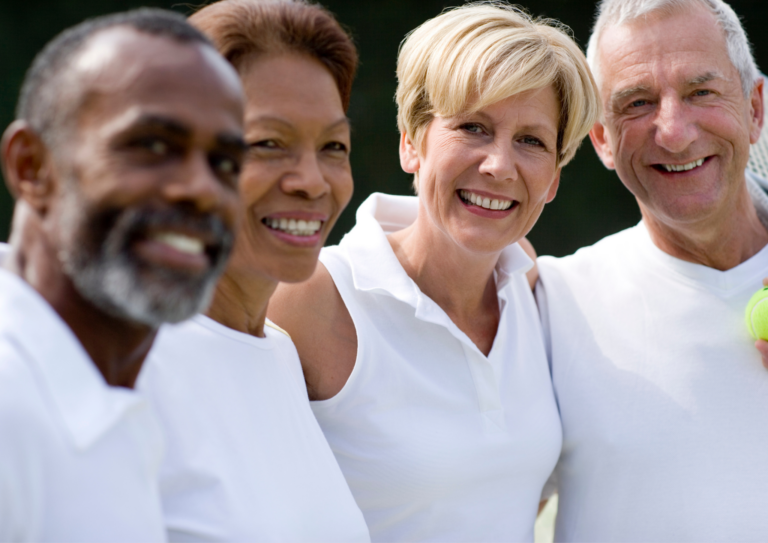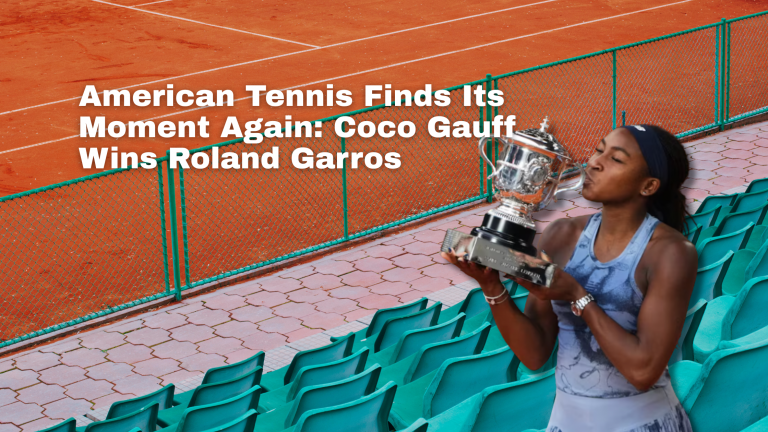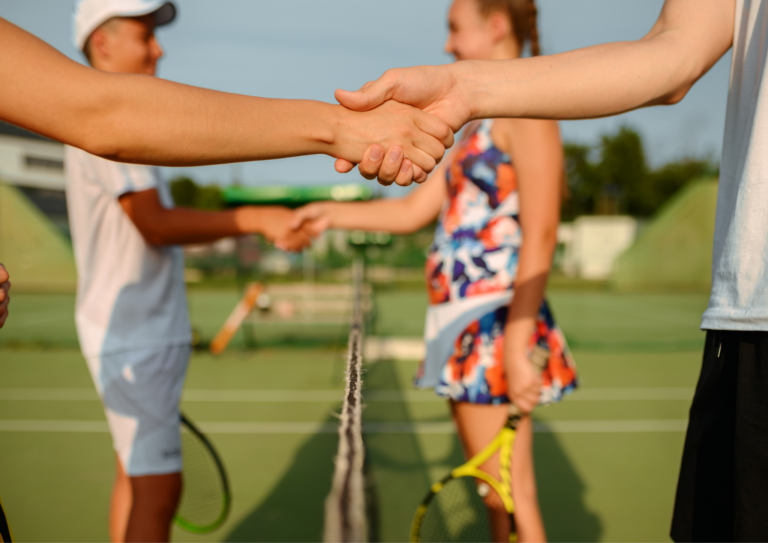13 min
The sport of tennis was once the epicenter of social connection. Tennis clubs weren’t just places to play; they were vibrant communities where members forged friendships through socials, round robins, and spontaneous games. These gatherings were not always directly tied to revenue but were critical in cultivating a love for the game and building lasting relationships among players.
Over the years, however, the business of tennis has shifted dramatically. Clubs, facing increasing financial pressures and the need to sustain their operations, have moved away from prioritizing social events. Instead, they’ve adopted a model that maximizes court usage for revenue-generating programming.
Coaches, understandably, need consistent income, and clubs benefit from guaranteed revenue streams. Thus, courts that once hosted casual matches and social mixers are now filled with lessons, clinics, team practices, junior programs, and exercise-based tennis sessions. While these programs cater to player development and fitness, they’ve often come at the cost of the unstructured, purely enjoyable side of the sport.
Enter Pickleball and Padel
While tennis clubs focus on monetized programming, pickleball and padel have risen as sports that embrace the social spirit tennis once championed. Court reservations and open play events dominate these two sports, fostering casual interactions and spontaneous fun. Pickleball and Padel players thrive on open play formats that invite players of varying skill levels to join in, creating a welcoming and inclusive atmosphere.
One key factor is the relative scarcity of full-time coaches in pickleball and padel. Without a significant emphasis on structured lessons and clinics, these sports remain rooted in a culture of social play. This has made them increasingly popular among players who miss the camaraderie that used to define tennis clubs.
Will Pickleball and Padel Follow Tennis’s Path?
As pickleball and padel grow, it’s worth pondering if they will follow tennis’s trajectory. Clubs may eventually see the financial benefits of introducing structured programming, leading to the hiring of full- and part-time coaches. If that happens, the current balance of court reservations and open play could shift toward revenue-driven lessons and clinics.
While structured programming can enhance skills and fitness, it also risks sidelining the social component—the very thing that draws many players to these sports in the first place. To sustain their popularity, pickleball and padel communities will need to carefully navigate this tension, finding ways to grow without losing their social core.
Striking a Balance in Tennis, Pickleball, and Padel
As someone who has witnessed and participated in the evolution of the tennis industry, I believe there is a way to balance the need for revenue with the joy of social play. Clubs can:
- Reintroduce Social Events: Dedicate specific times for round robins, mixers, and community-building activities that prioritize fun over financial return. It will pay off in the long run.
- Innovate Programming: Blend structured activities with social elements. For example, a doubles clinic could end with a casual round robin.
- Listen to Players: Regularly survey members to understand their preferences and ensure programming aligns with their desires.
- Preserve Open Play: Protect time slots for court reservations and open play to maintain opportunities for casual interactions.
Tennis has become overly focused on the business side at the expense of its social roots. The rise of pickleball and padel highlights a gap in the tennis world that many players yearn to fill: the pure joy of playing with others, free from rigid structures and schedules.
For tennis to remain relevant and thrive alongside its newer counterparts, it must adapt by recapturing the spirit of community. By striking a balance between revenue generation and fostering social connections, tennis clubs can ensure the sport remains as enjoyable and inclusive as it was in its heyday.

min





